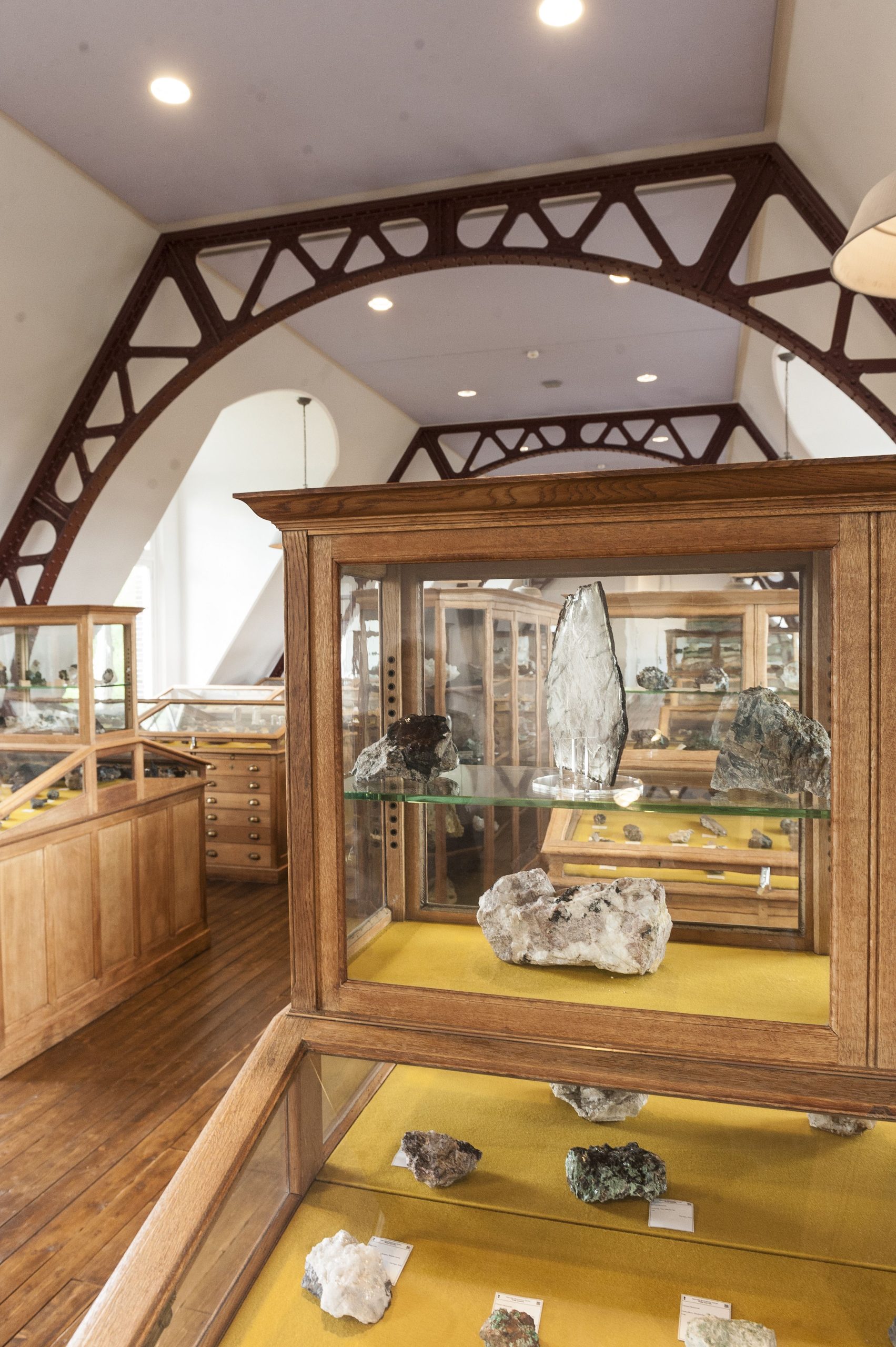The future of TU Delft’s historic collection of crystals, minerals, ores and fossils has been secured.
TU Delft has had a mineralogical and geological collection since 1864. In the early 1900’s it gained an international allure, and officially became a museum in 1912.
The collection grew to some 140,000 specimens, and filled three floors at Mijnbouwstraat 120.
Over time the collection played less of an active role in teaching and research, and the museum closed its doors in 2008. Due to financial restraints the space had to be vacated, and in 2013 the bulk of the collection was transferred to Naturalis Biodiversity Center in Leiden. Duco Drenth, chairperson of Stichting
Mineralogisch Geologisch Museum Delft, and alumnus of TU Delft, has since played a central role in raising money from a group of sponsors to realise the reopening and refurbishment of the museum, with a ten year sponsorship plan now in place.
The museum officially reopened on April 23, 2015. The collection is now owned by Naturalis, who have loaned back part of the collection, some 4,000 objects, to be displayed here in Delft. It is now located on the second floor of Mijnbouwstraat 120, as part of Science Centre Delft. “I’m very happy with the solution that we have now, because the collection is now well maintained, and a collection that isn’t well maintained, is a lost collection,” said Science Centre director, Michael van der Meer. The original display cabinets have been restored, and the contents carefully labelled. A portion of the collection is now digitalised and accessible via the Brightstones app, free on iTunes. The main objective of the renewed museum is education – tours and educational workshops are to be organised about mineral extraction, ore processing and geology.
Regarding accessibility, Van der Meer explained: “The museum is officially open, but we are still working to finish it. It will be open on weekends, and we will organise several tours per day. It will cost a little bit extra above the entrance fee of the Science Centre. When everything is ready it will be on the website.”



Comments are closed.